
If logic is applied to the .32-20 (.32 WCF), then one must wonder why it was developed in the first place. That happened in 1882 with the Winchester Model 1873 rifles and carbines. As intended in its previous .44-40 (.44 WCF) and .38-40 (.38 WCF) cartridge options, Model 1873s were meant for hunting game up to the size of deer, or for fighting. Those two ’73 rounds made their debut in 1879 and 1873, respectively. The first handgun chambered for .32-20 was the Colt SAA. According to THE 36 CALIBERS OF THE COLT SINGLE ACTION ARMY by David M. Brown, the .32-20 was added to that revolver in 1885. (Other sources say the year was 1884.)
As introduced, bullet weights and diameters for the .38-40 and .44-40 in that order were 180 grains/.400 inch and 200 grains/.425 inch (lead RN/FP bullets). Then consider the .32-20. It was introduced with a .312-inch bullet of 115 grains (lead RN/FP). Most certainly, .32-20 rifles have been used on deer-size game, but by today’s standards, it actually should be considered for animals no larger than coyotes. If there is record of some Old West outlaw or lawman using a .32-20 revolver, never have I encountered such during my lifetime of study. Model 1873 Winchester rifles chambered for .32-20 weighed at least 9 pounds and Colt SAAs were over 3 pounds. A small cartridge chambered in man-size firearms; regardless the .32-20 gained popularity all out of proportion to its power.
This story is from the February - March 2022 edition of Handloader.
Start your 7-day Magzter GOLD free trial to access thousands of curated premium stories, and 8,500+ magazines and newspapers.
Already a subscriber ? Sign In
This story is from the February - March 2022 edition of Handloader.
Start your 7-day Magzter GOLD free trial to access thousands of curated premium stories, and 8,500+ magazines and newspapers.
Already a subscriber? Sign In

OEHLER's New System 89 Chronograph
Measuring Bullet Performance Downrange
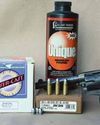
The Problem with Low Pressure Loads
Bullets & Brass
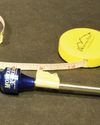
Measurements for Rifle Handloading
Handy Techniques for Accurate Ammunition
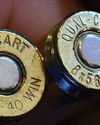
THE BRASS RING
In Range
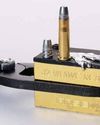
Semi-custom Bullet Moulds
Mike's Shoot in' Shack
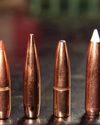
REVISITING THE 6.5 -06 A-SQUARE
Loading New Bullets and Powders
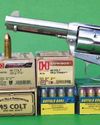
Cimarron Stainless Frontier .45 Colt
From the Hip
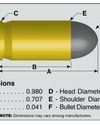
9x18mm Makarov
Cartridge Board
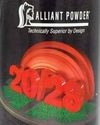
Alliant 20/28
Propellant Profiles
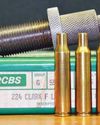
.224 Clark
Wildcat Cartridges